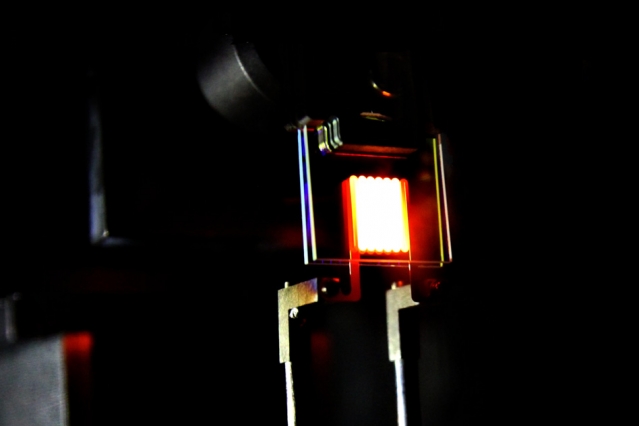
Just when you thought incandescent bulbs were going out, they’ve been “reinvented” to be even more efficient than LEDs!
Normally Incandescent bulbs are about 5-10% efficient as most of the energy is converted to wasted heat and this age-old problem has finally been solved.
We’re literally talking about recycling light in a two step process.
“The key is to create a two-stage process, the researchers report. The first stage involves a conventional heated metal filament, with all its attendant losses. But instead of allowing the waste heat to dissipate in the form of infrared radiation, secondary structures surrounding the filament capture this radiation and reflect it back to the filament to be re-absorbed and re-emitted as visible light. These structures, a form of photonic crystal, are made of Earth-abundant elements and can be made using conventional material-deposition technology.
That second step makes a dramatic difference in how efficiently the system converts electricity into light. One quantity that characterizes a lighting source is the so-called luminous efficiency, which takes into account the response of the human eye. Whereas the luminous efficiency of conventional incandescent lights is between 2 and 3 percent, that of fluorescents (including CFLs) is between 7 and 15 percent, and that of most commercial LEDs between 5 and 20 percent, the new two-stage incandescents could reach efficiencies as high as 40 percent, the team says.
The first proof-of-concept units made by the team do not yet reach that level, achieving about 6.6 percent efficiency. But even that preliminary result matches the efficiency of some of today’s CFLs and LEDs, they point out. And it is already a threefold improvement over the efficiency of today’s incandescents.
The team refers to their approach as “light recycling,” says Ilic, since their material takes in the unwanted, useless wavelengths of energy and converts them into the visible light wavelengths that are desired. “It recycles the energy that would otherwise be wasted,” says Soljačić.”
The rest of the article available here: http://news.mit.edu/2016/nanophotonic-incandescent-light-bulbs-0111 mentions that the crystal is created with readily available natural ingredients so cost will probably not be an issue if they actually get these out to the public.



